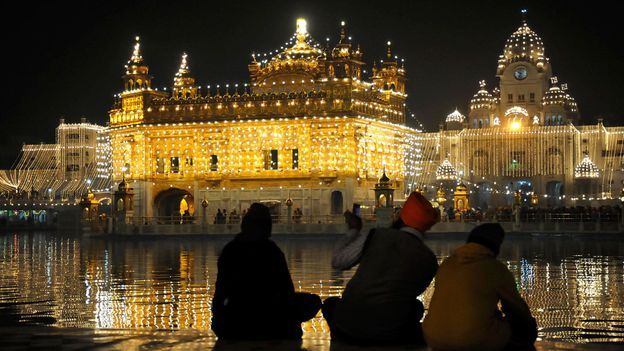Religious pilgrimages have been an important aspect of many faith traditions for centuries. These spiritual journeys to sacred sites hold great significance for believers, providing an opportunity for reflection, renewal, and connection with the divine. In the tech-savvy world we live in today, even these ancient traditions are being influenced by technology.
The History of Religious Pilgrimages
The practice of religious pilgrimage dates back to ancient times, with mentions in the Bible, Quran, and other religious texts. Followers of various faith traditions have made pilgrimages to holy sites to pay homage to their gods, seek blessings, or seek forgiveness for their sins. These journeys often involve long distances, physical challenges, and a deep sense of devotion.
The Significance of Sacred Sites
Sacred sites are places believed to be imbued with spiritual power or divine presence. These locations can include temples, churches, mosques, shrines, mountains, rivers, or tombs of saints. Pilgrims visit these sites to connect with the divine, seek healing, or receive guidance in their spiritual journey. Some famous pilgrimage sites include Mecca, Jerusalem, Varanasi, Lourdes, and the Camino de Santiago.
Technology and Religious Pilgrimages
With the rise of technology, religious pilgrimages have also been impacted. Pilgrims now use smartphones, GPS devices, and social media platforms to plan their journeys, connect with fellow travelers, and share their experiences with a global audience. Virtual reality and augmented reality technologies are also being used to create immersive experiences of sacred sites for those who cannot physically visit them.
The Benefits of Religious Pilgrimages
For believers, religious pilgrimages offer numerous benefits. They provide an opportunity to deepen one’s faith, seek spiritual growth, and experience a sense of community with fellow pilgrims. These journeys also offer a chance for self-reflection, introspection, and personal transformation. Many pilgrims return from their journeys with a renewed sense of purpose, peace, and connection to the divine.
Challenges of Modern Pilgrimages
While technology has made planning and documenting pilgrimages easier, it has also posed challenges. The commercialization of pilgrimage sites, overcrowding, and environmental impact are some of the issues faced by modern pilgrims. Maintaining the sanctity and authenticity of sacred sites in the age of mass tourism and digital distractions is a growing concern for religious communities and pilgrimage organizers.
Conclusion
Religious pilgrimages continue to hold a special place in the hearts of believers around the world. These spiritual journeys to sacred sites offer a unique opportunity for connection with the divine, personal growth, and communal worship. As technology continues to evolve, it will be interesting to see how these ancient traditions adapt to the digital age while maintaining their spiritual essence.
Whether you are embarking on a physical pilgrimage or a virtual one, may your journey be filled with blessings, insights, and moments of grace.
